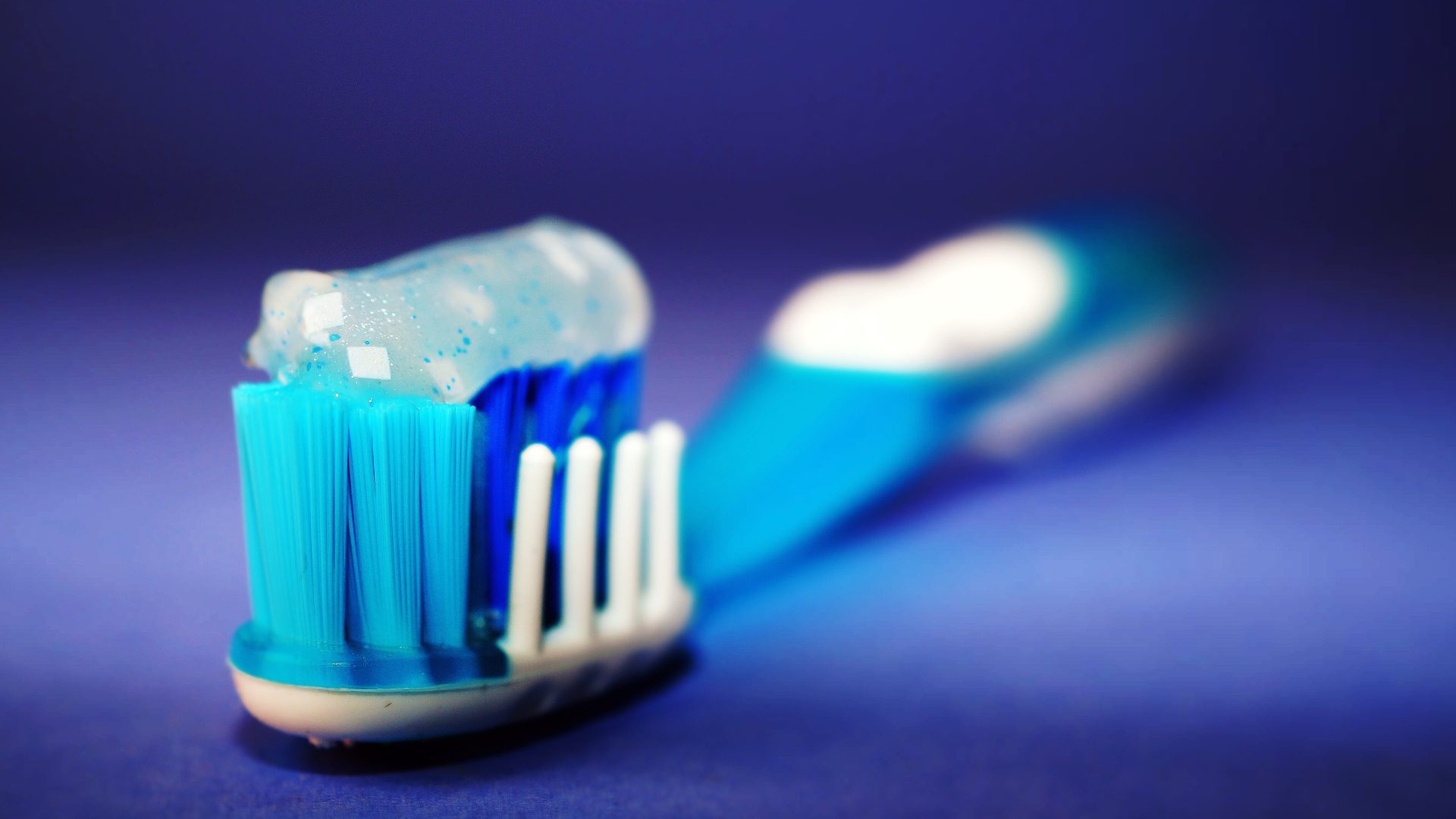What is the purpose behind fluoride treatments?
While there are pros and cons of fluoride in municipal water supplies, and about the benefits and risks of fluoride toothpaste and topical dental fluoride treatments, it is undeniable that fluoride helps to prevent tooth decay, and is an effective way to protect tooth enamel from the deleterious effects of excess acid in the mouth.
What Is Fluoride?
A natural mineral, fluoride is present in some foods and beverages, such as black tea, seedless raisins, grape juice, wine, blue crab and shrimp, and coffee. Because added fluoride is so common in water, foods and beverages that are prepared with tap water will also normally contain fluoride, but the amounts are minimal and generally inadequate to provide any measurable dental benefit.
As mentioned above, fluoride helps prevent tooth decay. This is accomplished by making the tooth more resistant to acid attacks from plaque bacteria and sugars in the mouth. It also reverses early decay. In children under 6 years of age, fluoride becomes incorporated into the development of permanent teeth, making it difficult for acids to demineralize the teeth. Fluoride also helps speed remineralization as well as disrupts acid production in already erupted teeth of both children and adults.
How is Fluoride Applied?
Fluoride can easily be directly applied to the teeth at home through fluoridated toothpastes and mouth rinses. Mouth rinses containing fluoride in lower strengths are available over-the-counter; stronger concentrations require a doctor’s prescription.
A dentist in his or her office can apply fluoride to the teeth as a varnish, foam, or gel. These treatments contain a much higher level of fluoride than the amount found in toothpastes and mouth rinses.
- Varnishes are painted on the teeth.
- Foams are put into a mouth guard, which is applied to the teeth for one to four minutes.
- Gels can be painted on or applied via a mouth guard.
When Is Fluoride Intake Most Critical?
It is certainly important for infants and children between the ages of 6 months and 16 years to be exposed to fluoride. This is the timeframe during which the primary and permanent teeth come in. However, adults benefit from fluoride, too. New research indicates that topical fluoride — from toothpastes, mouth rinses, and fluoride treatments — are as important in fighting tooth decay as in strengthening developing teeth.
It is generally understood today that fluoride is as helpful for adult teeth as it is for a child’s teeth. One way to ensure that your teeth are adequately protected is to speak to your dentist about your medical and dental history, your eating and dental hygiene habits, and your history of dental caries and gum problems. Your dentist will help assess the need for periodic fluoride treatments and will explain the reasons for beginning such treatments if you haven’t routinely had topical fluoride applied.
The Doctor Will See You Now
Meet Dr. Jay Elbrecht—An Anderson Dentist that aims to see you smile!
Dr. Jay Elbrecht is an Anderson Dentist that provides care in multiple areas of dentistry including: General Dentistry, Cosmetic Dentistry, Restorative Dentistry, and Comfort Dentistry! His guidance and recommendations for all of your detail needs will be a benefit to your overall oral health.
Request and appointment online, or call (765) 622-7000 to speak to a member of the dental team.
Photo by George Becker from Pexels

